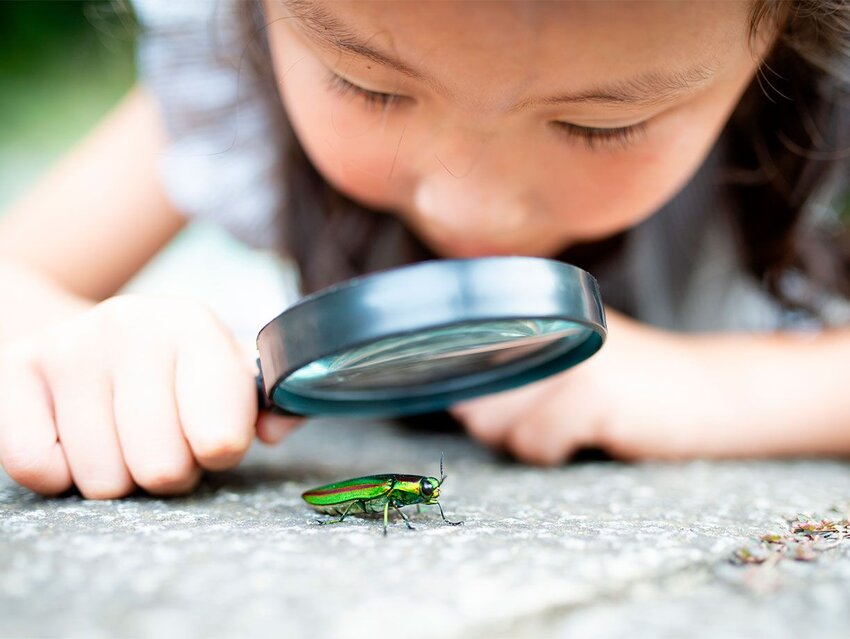No matter where you live, you’re sure to encounter itsy-bitsy critters that fly through the air, sting, or creep around corners. You may refer to these creatures as “bugs,” but is that correct? What’s the real difference between “insects,” “bugs” and other creepy-crawlies?
The Science Behind the Names
To understand the distinction between bugs and insects, we have to travel back to junior high science class, where we learned about taxonomic rank:
Kingdom
Phylum
Class
Order
Family
Genus
Species
From top (most general) to bottom (most specific), this scale is how scientists classify living organisms. The five kingdoms are Protista, Fungi, Plantae, Animalia, and Monera.
The Kingdom Animalia includes a vast array of multicellular creatures, both vertebrate (having a spine) and invertebrate (not having a spine). Humans, fish, and birds are part of Kingdom Animalia, along with the lions, tigers, and bears (i.e. mammals) of the world. Invertebrate animals include sponges, crustaceans, beetles, spiders, and clams.
A Bug by Any Other Name
The phylum Arthropoda includes what are commonly thought of as “bugs.” They are grouped with other invertebrate animals with an exoskeleton, segmented body, and paired jointed appendages; that includes crabs, lobsters, and shrimp, too. While those creatures seem different from spiders, centipedes, or ticks, they're all part of one big phylum.
Further down the scale is the class Insecta. Insects have an exoskeleton, a head, thorax, and abdomen, three pairs of jointed legs, and a pair of antennae. There are millions of species of insects, including beetles, ants, bees, butterflies, moths, cockroaches, crickets, grasshoppers, dragonflies, fleas, flies, and termites.
Spiders are in a different class, called Arachnida. They have eight legs and no antennae, and their bodies are divided into a cephalothorax and an abdomen.
What scientists call “true bugs” are part of the order Hemiptera. These creatures are known for their mouthparts used for sucking. Bedbugs, cicadas, backswimmers, and stinkbugs are all true bugs. Interestingly, ladybugs and doodlebugs, despite their “bug” monikers, are insects (they’re beetles).
The Beginning of Bugs
How did we get the word “bug” in the first place? Originally, “bugge” was a Middle English term that referred to a “frightening scarecrow.” If “bugge” meant something scary hundreds of years ago, it makes sense it would eventually be applied to little critters scuttling through the house.
Later, the term would be expanded to include several different meanings. For example, a person could “bug” another person by being a pest. The FBI could “bug” a room using a microphone. Someone could catch the flu “bug.” And as technology advanced, software could also have a flaw or “bug.”
Featured image credit: Hakase_/ iStock

